Permanence
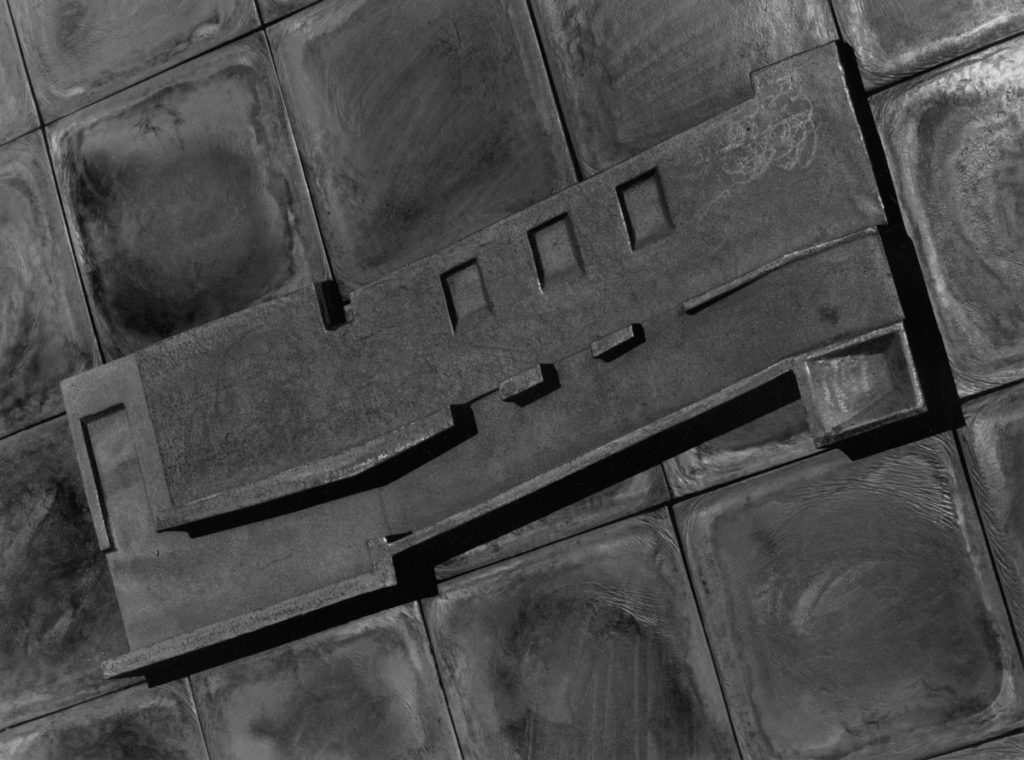
Drawing as adjuration (incantation)
If architecture, like art, is a way of asking forgiveness for being mortal (consider the Egyptians or Etruscans), making something last long after the last sigh of its author and searching for a form of permanence, transcending the most ephemeral moment, then the architectural hand-drawing must be a congenial place for its unfolding. It is both immediate like a life moment, and also often slow, utterly time consuming. It requires sensuous presence in the mental application and exactness, as well as distracted openness to the unexpected.
Some architectural drawing – and most of the time architecture itself – is slow, ponderous, tardy… as if longing to become that timeless inertia of hard, motionless matter. A background upon which the restless, flickering mind can wander and cast its shadow. Therefore architecture, as I see it, is very different from us, a means to allow the fragile human futility to become visible in all its charming absurdity.
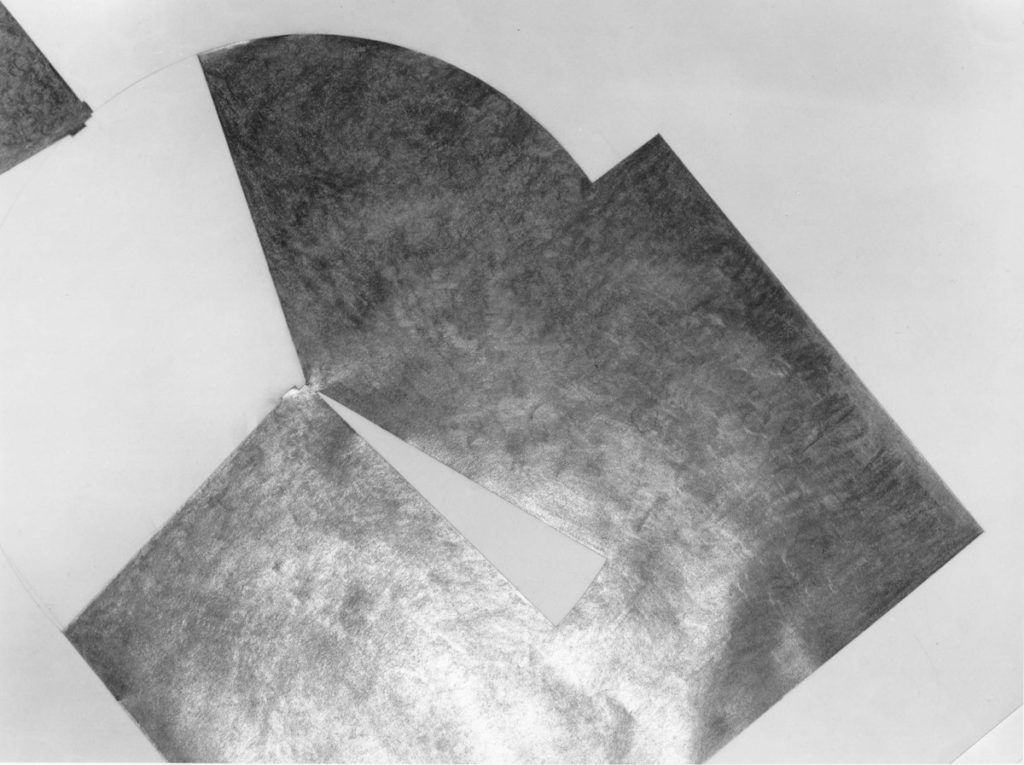
It struck me that buildings I like often offer a type of resistance – either in terms of scale or in terms of form – to my own body. Rough, hard, large, dark, matt, horizontal in extension. Repetitive, calm. Egyptian. Permanent.
I am not permanent. I move, love, live and will die. I want to make something different to myself, and larger, something lasting. All whims and fleeting vanities, delicious moments of perishable delights need to reverberate against something solid. The movement of a door. The wind in the dust over a huge paved ground surface. Aldo Rossi talks about the mist entering the huge cathedral in Milano and says that architecture is just that: the capacity of making that moment visible and present.
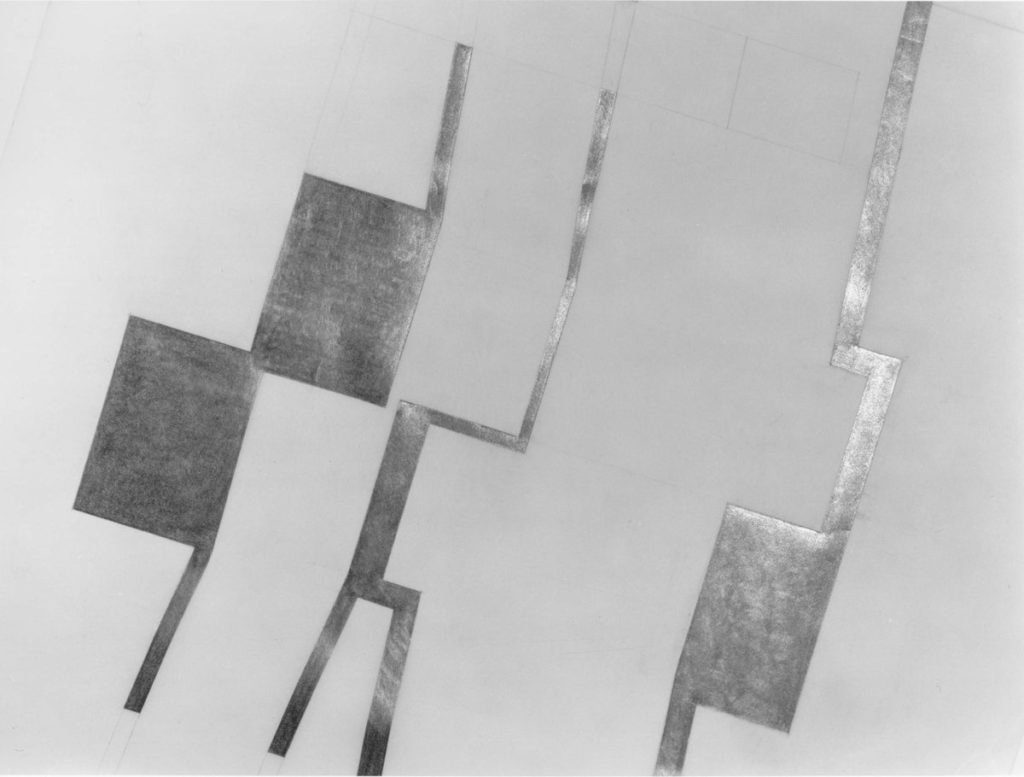
These drawings are a sort of incantation for permanence. A way of making magic moments in certain spaces last, through the drawing – and perchance – one day in built form. The architectural drawing is a sort of longing, like a lover’s promise, a possibility of something taking form, maybe, far ahead in time. At the same time, it is trying to hold a moment, an insight, an opening onto a space not yet seen, a room you may dream of – an impossible room, a possible room. But also, trying to grasp something past, lost in memory.
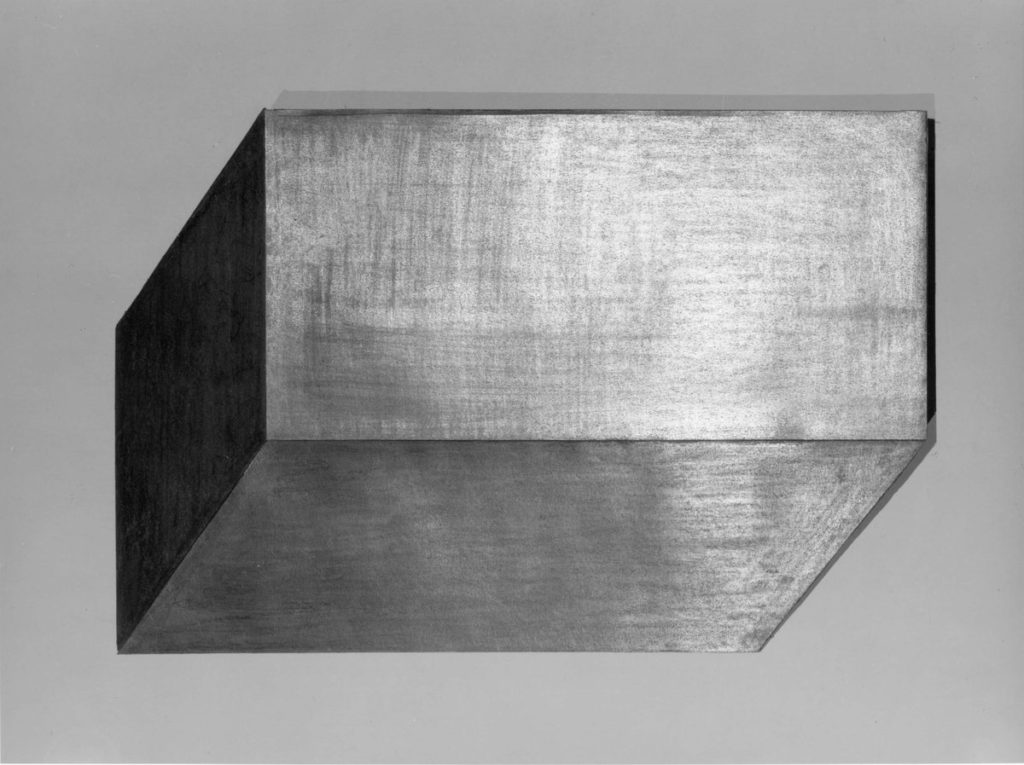
These drawings are made with thick pencil on lump paper over many hours. They slow down time directly and efficiently, as a repetitive incantation. Only when time is slowed down sufficiently can the hasty eye and erring mind catch up with the sluggish wisdom of the body. An infinite array of repetitive graphite lines, running obsessively like an adjuration over the paper and building eventually a surface mass of graphite, like shiny metal, essentially charcoal-based, like the core of the earth: iron. If observed closely, each curvy line is distinguishable, yet nailed as a figment in the solidity of the drawn matter. The drawing is nearly built.
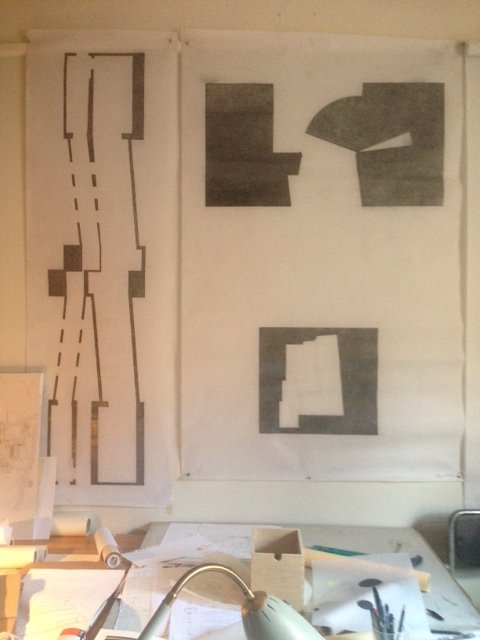
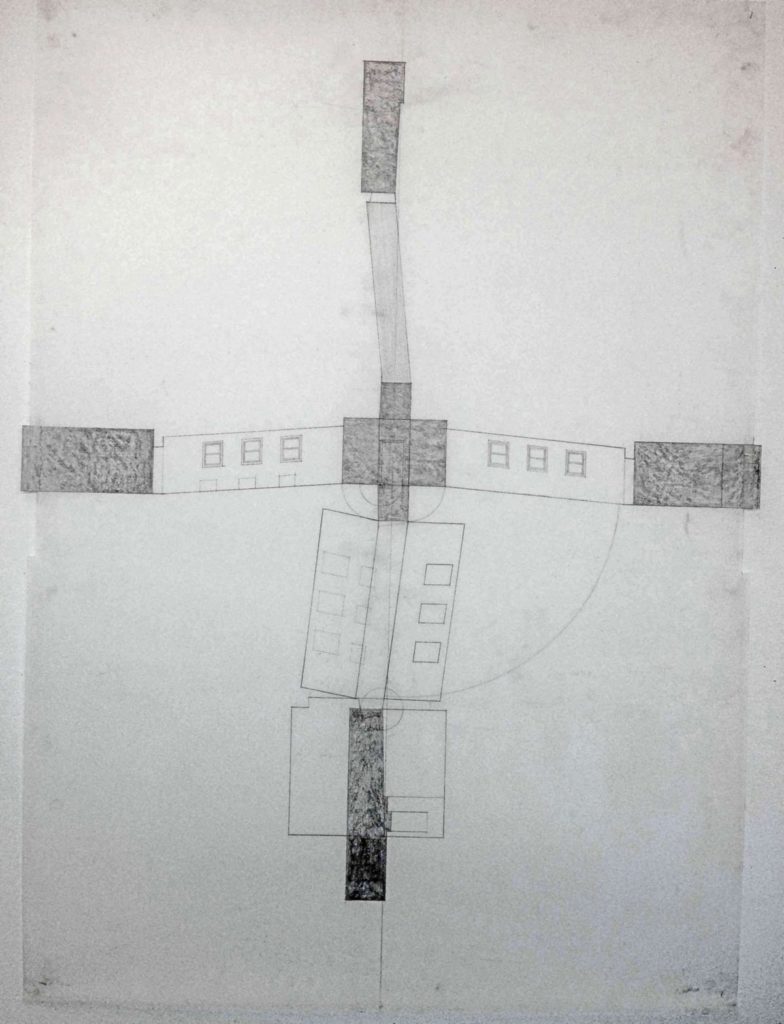
Permanence. Total Permanence per se we regard naturally as impossible and yet it seems a recurring theme in architecture from the beginning(s) of time(s). It highlights a dilemma in art in general and in architecture in particular, namely the dichotomy between architecture as object/artefact and architecture as event/process. The many sophisticated design methods, to stage prolongation of time, will sometimes prove to obliterate this dichotomy, while the fascination of absolute stillness remains an outlet for unrealised dreams.
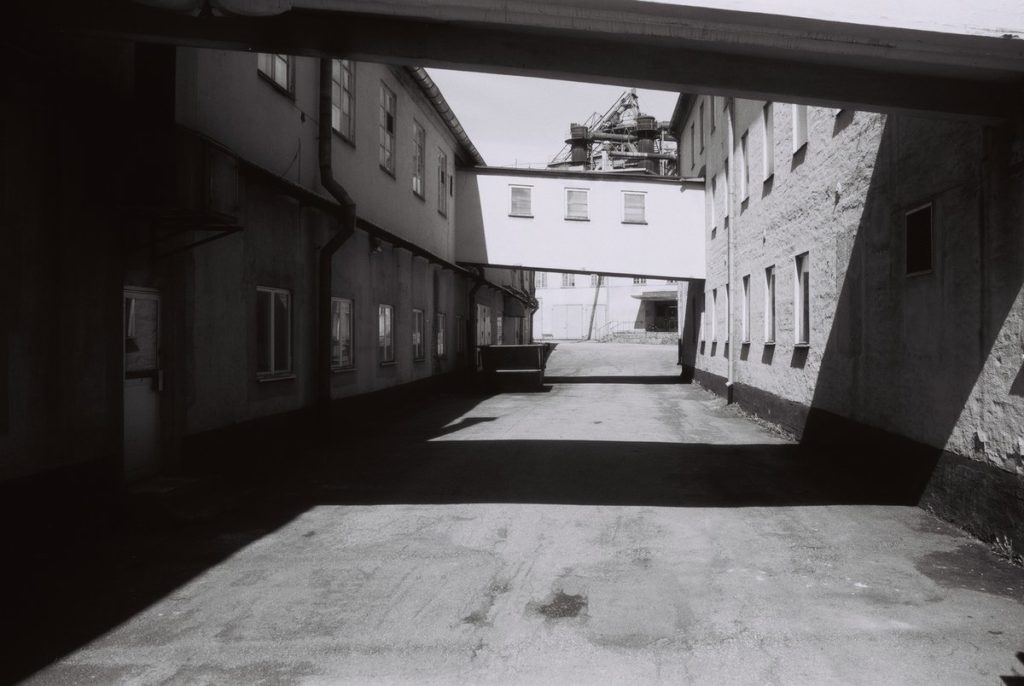
In an old foundry in Sweden – a conglomeration of buildings from the 1640s to the 1990s – a skywalk connects two 1930s workshops. The passage is slightly shifted both vertically and horizontally and perforated by three pairs of widows, creating three axes of light across its direction. The windows following the subtle vertical shift, instead of being straight, hence form slight lozenges. The passage is surveyed, mirrored and drawn; formed as model, cast in iron and redrawn again. The internal relation of the three axes and their shift is translated to a three-dimensional artefact between figure and image.
A door at one end and its movement, in architectural drawing convention, is made ‘solid’ by the graphite mass on the paper. I cut through the window frame: the drawn section of the window becomes a solid, una figura, a gestalt. We read the form, the outline, but it wants to be. The drawing convention becomes a body on the paper. Slow and solid, permanently enigmatic.

– Elizabeth Hatz